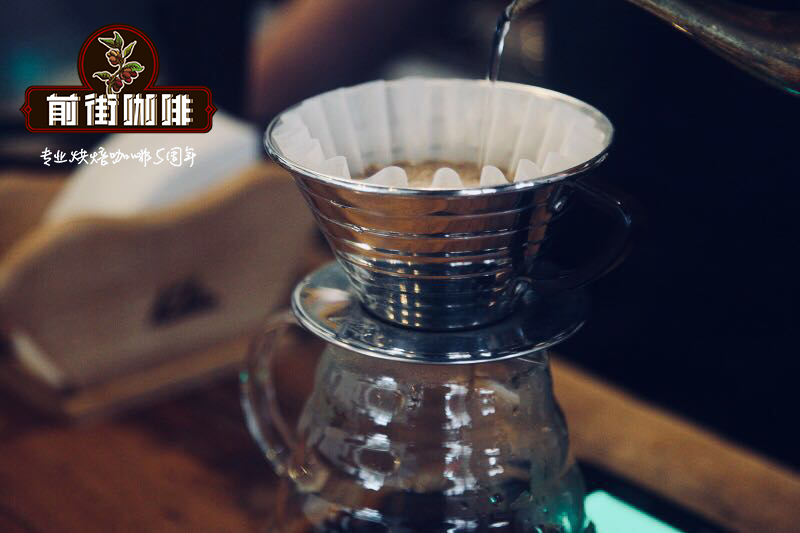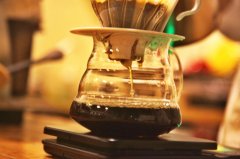Colombian Coffee introduction to the Colombian Palm Tree and Big Bird Manor Coffee Project

Professional coffee knowledge exchange, more coffee bean information, please follow the coffee workshop (Wechat official account cafe_style),
Honey-treated raw coffee beans grown by Ricardo Ricardo Torres, a Colombian coffee farmer, is part of his partnership with the community crop program at Palm Tree and Big Bird Manor. After harvesting and screening the coffee cherries, rest for several hours to pre-ferment, then remove the peel, and then place it on the scaffolding for sun drying, a process that takes at least 15 days. Different from the general honey treatment method, the drying time is only about 10 to 12 days, pre-dry fermentation and lengthening the drying days, so that the sugar contained in the pulp can fully infiltrate into the raw coffee beans, so it is obviously reflected in the overall flavor performance.
Different from the general traditional coffee producers, the palm tree and big beak manor management team, which cherish the dream and dedication to coffee, find out from scratch the most ideal coffee growing environment. After visiting more than 100 coffee farms, we finally bought 18 hectares of land in the Cundinamarca area, 1600-1800 meters above sea level, in the eastern foothills of the Andes, about an hour and a half drive from Bogota, the capital of Colombia.
At present, Palm Tree and Big Bird Manor have two local coffee programs.
The first plan is called "Estate & Varietal", which is to plant rare or locally rare varieties, such as Geisha, Mocha, Sidra and SL28, on the estate's own land. In February, Stefanos of Taf Coffee, Greece's best-known boutique, once again won the Paterakis 2016 Greek Coffee Masters Competition (Hellenic Barista Championship), using a rare variety of coffee produced by the estate.
The second plan is to work with small farmers in the vicinity of the manor to provide cooperative farmers with many benefits, whether financial or non-monetary, including purchases at guaranteed prices, so as to encourage them to produce high-quality coffee. and according to their strict quality control process to screen out zero-defect berries, and different from the traditional experimental treatment to produce unique micro-batch coffee.
Important Notice :
前街咖啡 FrontStreet Coffee has moved to new addredd:
FrontStreet Coffee Address: 315,Donghua East Road,GuangZhou
Tel:020 38364473
- Prev

Don't be fooled! Of course, American coffee is sold in the United States, and lattes are sold in Italy.
Professional coffee knowledge exchange more coffee bean information Please follow the coffee workshop (Wechat official account cafe_style) to the Chinese, American coffee (Americano) and Latte (latte) is one of the most common choices, but most people do not know that these two kinds of coffee represent the United States, a big country in coffee market, which is different from Italy, a big country in coffee culture. A lot of people listen
- Next

Taste characteristics of Colombian Coffee in Columbia Coca Zhuoyue Cup
Professional coffee knowledge exchange more coffee bean information please follow the coffee workshop (Wechat official account cafe_style) above Nalinglong province (Narino) and adjacent to the well-known producing area Huila, although Cauca province is one of the most popular producing areas of COE cup, it is not as well-known as the other two provinces mentioned above, so it began to have Cauca Best Cup cup in 2014
Related
- Beginners will see the "Coffee pull flower" guide!
- What is the difference between ice blog purified milk and ordinary milk coffee?
- Why is the Philippines the largest producer of crops in Liberia?
- For coffee extraction, should the fine powder be retained?
- How does extracted espresso fill pressed powder? How much strength does it take to press the powder?
- How to make jasmine cold extract coffee? Is the jasmine + latte good?
- Will this little toy really make the coffee taste better? How does Lily Drip affect coffee extraction?
- Will the action of slapping the filter cup also affect coffee extraction?
- What's the difference between powder-to-water ratio and powder-to-liquid ratio?
- What is the Ethiopian local species? What does it have to do with Heirloom native species?

